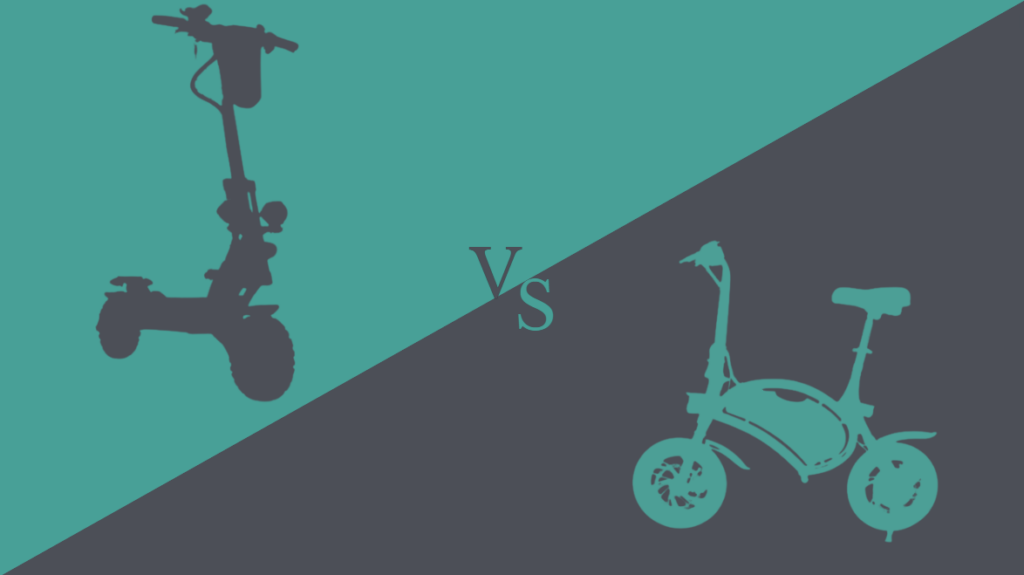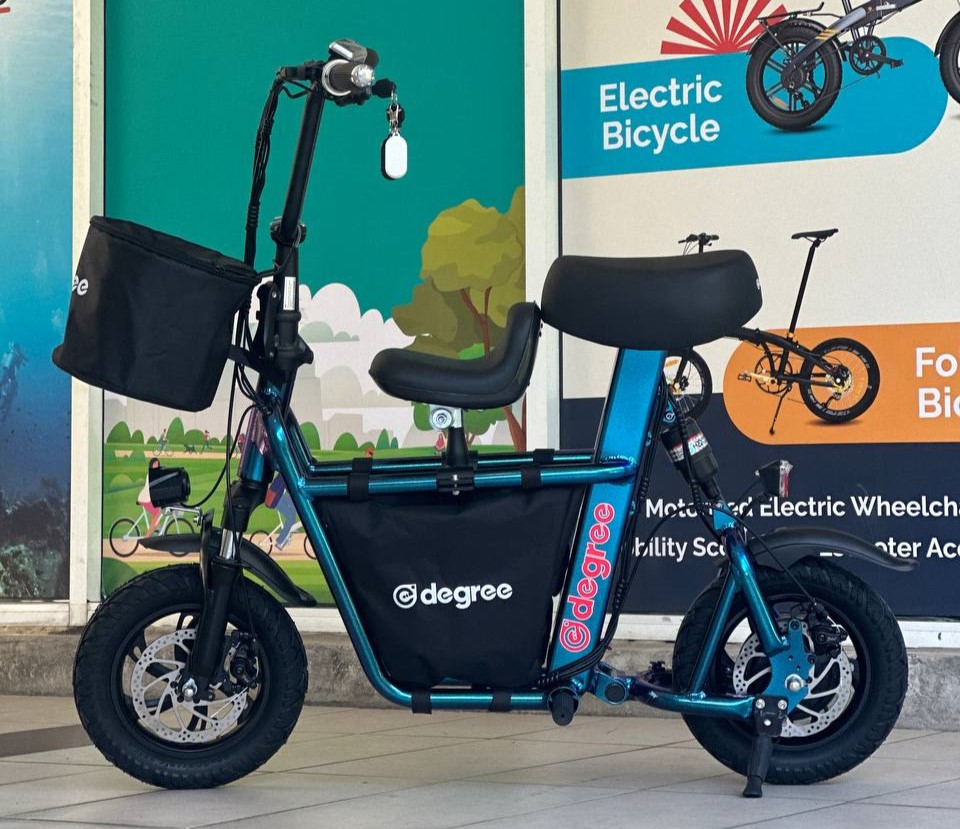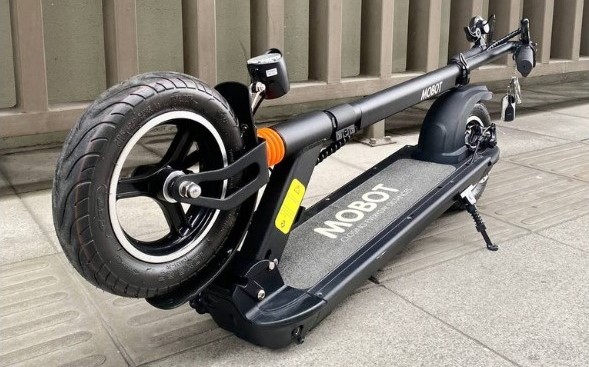
As urban transportation evolves, the popularity of electric scooters continues to rise. With models designed for seated and standing positions, potential riders are faced with the decision of which style suits them best. Both types offer unique advantages and drawbacks, and finding the right fit depends on individual preferences and needs. Let’s explore the pros and cons of seated versus standing escooters to help you make an informed choice for your urban commute or leisure rides.
Seated Escooter: The Pros and Cons

Seated escooters, known for their comfort and stability, have gained favor among riders seeking a more relaxed and convenient travel experience. The ergonomic design of the seat caters to longer rides and offers enhanced support, especially for individuals with mobility restrictions. The presence of a seat also enables riders to maintain a lower center of gravity, increasing stability on various terrains. However, despite their comfort, seated escooters typically have a larger frame, which may limit maneuverability in crowded urban settings. The added weight of the seat also impacts portability, particularly during instances where carrying the escooter is necessary.
Standing Escooter: The Pros and Cons

Conversely, standing escooters exude a sense of freedom and agility, appealing to riders who prefer an active and flexible riding style. Their compact design and absence of a seat contribute to a lighter overall weight, making them more suitable for quick maneuvers through congested city streets. Opting for a standing escooter also allows riders to seamlessly switch between riding and walking, enhancing their adaptability in diverse urban environments. Nevertheless, while standing escooters excel in portability and agility, they might pose a slight challenge in terms of rider endurance, particularly during longer journeys where the absence of a seat may cause slight discomfort.
Considerations for Your Ride
When contemplating the choice between seated and standing escooters, several factors merit consideration. First, assess your typical journey. Do you require enhanced comfort for longer rides or prioritize agility for short commutes? Will you need to regularly carry your escooter aboard public transportation, or will you primarily ride on smooth pavements? Additionally, take into account your physical preferences and any specific mobility needs. Understanding these considerations can aid in establishing which style is better aligned with your expectations and lifestyle.
Conclusion: Embracing Your Ride: A Personalized Decision
In the ongoing debate of seated versus standing escooters, there is no one-size-fits-all solution. Each style boasts its own set of advantages and drawbacks, resonating with diverse groups of riders based on their unique preferences and needs. Whether the poised comfort of a seated escooter speaks to your journey or the nimble essence of a standing escooter aligns with your pace, the ultimate choice lies in your hands. By exploring the nuances of each option, you can confidently select the escooter that best complements your urban lifestyle, ensuring an enjoyable and tailored riding experience.

Honestly, this blog post is quite straightforward and provides good points to consider. I’ve been thinking of getting a scooter for my commute, and now I’m more certain about wanting a seated one.
Hi Hans Lee, we’re glad to hear that our blog post was helpful in your decision-making process! Seated scooters are indeed a great option for commuters who prioritize comfort and stability. Our team at Eko Life Malaysia is happy to help you find the right seated scooter for your needs. For any questions or to learn more about our products, please feel free to reach out to us at [email protected] or call us at +60 3-7890 3042.
As a regular commuter myself, I can attest to the discomfort of standing scooters. The comfort and stability of seated scooters are a game-changer for me, but I do appreciate the portability of standing scooters.
Hi Diana, thank you for sharing your commuting experience with us! We’re glad to hear that seated scooters have made a difference in your comfort and stability. You raise a great point about the portability of standing scooters, and it’s essential to weigh that against personal comfort. If you’re interested in exploring more about our seated scooters or need any recommendations, feel free to contact us at [email protected] or +60 3-7890 3042. We’d love to discuss your needs further.
I appreciate the balanced view in this post. I was leaning towards standing scooters for their agility, but now I’m considering seated scooters for their comfort. This post has given me a lot to think about before making a purchase.
Hi Alex Tan, thank you for sharing your thoughts on our blog post! It’s great to hear that the post has given you some food for thought. If you have any more questions or would like to discuss further, please don’t hesitate to contact us. We’re here to help. You can reach us at [email protected] or +60 3-7890 3042. We hope you find the perfect scooter for your needs!